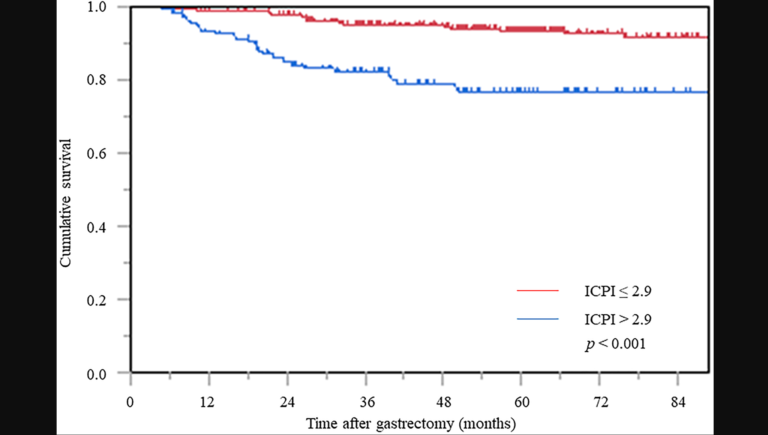Genes & Cancer | CEACAMS 1, 5, and 6 in disease and cancer: interactions with pathogens
Genes & Cancer, News
February 10, 2023PRESS RELEASE: A new review was published in Genes & Cancer on February 1, 2023, entitled, “CEACAMS 1, 5, and 6 in disease and cancer: interactions with pathogens.”
BUFFALO, NY- February 10, 2023 – A new review was published in Genes & Cancer on February 1, 2023, entitled, “CEACAMS 1, 5, and 6 in disease and cancer: interactions with pathogens.”
“Carcinoembryonic antigen (CEA), one of few FDA-approved biomarkers for cancer, was first identified and described in 1965 as a tumor-specific antigen expressed in embryonic gut, liver, and pancreas tissues, as well as gastrointestinal and respiratory malignancies, but not in differentiated adult tissues [1].”
The CEA family comprises 18 genes and 11 pseudogenes located at chromosome 19q13.2 and is divided into two main groups: cell surface anchored CEA-related cell adhesion molecules (CEACAMs) and the secreted pregnancy-specific glycoproteins (PSGs). CEACAMs are highly glycosylated cell surface anchored, intracellular, and intercellular signaling molecules with diverse functions, from cell differentiation and transformation to modulating immune responses associated with infection, inflammation, and cancer.
In this review, researchers Jerin Thomas, Addison Klebanov, Sahara John, Larry S. Miller, Anil Vegesna, Richard L. Amdur, Krishanu Bhowmick, and Lopa Mishra from the Donald and Barbara Zucker School of Medicine, Feinstein Institutes for Medical Research at Northwell Health, and Cold Spring Harbor Laboratory explored current knowledge surrounding CEACAM1, CEACAM5, and CEACAM6, highlight their pathological significance in the areas of cancer biology, immunology and inflammatory disease, and describe the utility of murine models in exploring questions related to these proteins.
“CEACAM1, 5, and 6 have shown their importance in gastrointestinal pathologies as they are closely involved with immune regulation, tumorigenesis, tumor suppression, and pathogen binding. Interrupting the interactions of CEACAM family members seems to be an interesting avenue of research, as it may be a useful tool in cancer therapy [106], and regulating immune activity in the context of IBD [57]. However, much work has yet to be done in regard to the role of CEACAMs in cellular signaling and their effects on microbiome regulation.”
Read the full review paper: DOI: https://doi.org/10.18632/genesandcancer.230
Correspondence: Lopa Mishra, Larry S. Miller and Krishanu Bhowmick – Emails: LMishra1@northwell.edu, lmiller7@northwell.edu, kbhowmick@northwell.edu
Keywords: CEACAMs, cancer, immunology, inflammatory diseases
VISIT GENES & CANCER YOUTUBE CHANNEL FOR MORE VIDEOS
About Genes & Cancer: Genes & Cancer covers all aspects of the structure and function of oncogenes, growth suppressor and apoptotic genes, their role in signal transduction and the mechanisms by which their expression and function are altered during tumor development. In addition to publishing manuscripts that directly relate to these areas of research, Genes & Cancer also aims to attract papers in the areas of genomics, drug development and systems biology.
To learn more about Genes & Cancer, visit www.genesandcancer.com and connect with us on social media:
For media inquiries, please contact: media@impactjournals.com.

